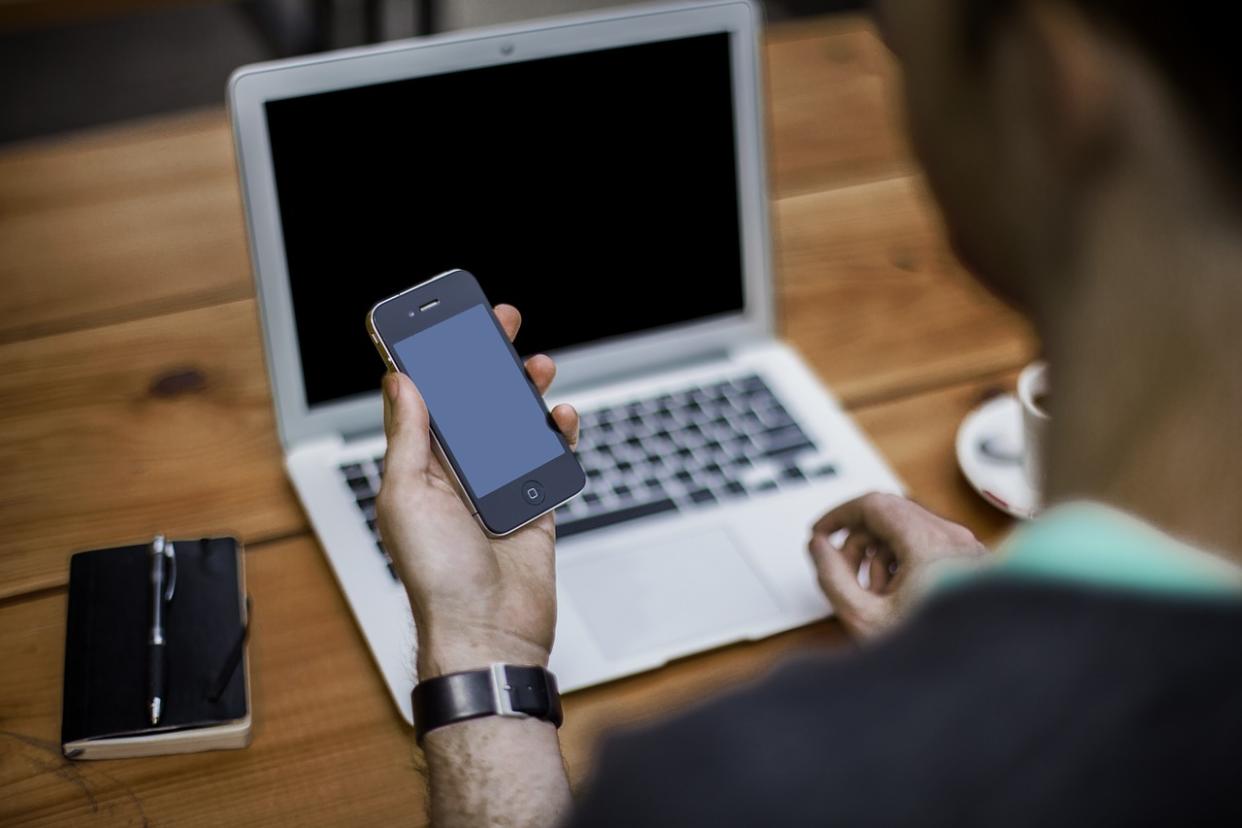Sneaky ways in which the blue light has harmful effects on our health

A lot has been said about the harmful effects of the blue light; research shows that the blue light emitted from our digital screens can have adverse effects on our eyes, sleep, skin and even overall health.
To understand what is this blue light, how it affects us and the preventive measures that we can take, we spoke to Dhruvin Patel, the founder of Ocushield - world’s first medically-rated screen protector that absorbs blue light from digital device screens.
Firstly, what is the 'blue light'?
“Blue light is a type of light in the visible spectrum of light, which is effectively all the colours we see in a rainbow. It sits near the ultraviolet wavelength of light - blue light has a shorter wavelength which means less of it is required to cause an effect.”
“Blue light is emitted from the sun, LED lighting and digital device screens. This is why we see a blue sky most of the time, blue light is scattered more than the other colours because it travels as shorter, smaller waves. Some blue light is harmful and some can be good - the bad blue light is between 380-470nm and the good is between 470-500nm. The good blue light is best absorbed by the cells in our eye that control melatonin release so exposure during the day up until the sunsets is important for maintaining our sleep-wake cycle.”
How can it affect our eyes?
“Harmful blue light affects our eyes in two ways, firstly the cumulative exposure to blue light has been shown to contribute towards visual stress-causing eye strain and fatigue. By limiting blue light eyes can feel fresher whilst working at your desk or on a digital device.”
“Secondly, there is growing research that shows long term exposure to harmful blue light that can contribute to eye diseases such as Age-Related Macular Degeneration, which will contribute to be the largest eye disease segment causing partially sighted or blind people by 2050.”
“Blue light also suppresses the hormone melatonin in our bodies, this hormone is responsible for allowing us to fall asleep naturally. Therefore, for some people their sleep can be disturbed by exposure to harmful blue light after the sun has set through lighting around the house of staring at bright LED screens.”

Is night time exposure to blue light worse than day time, or is this just a myth?
“The sun is the biggest source of blue light so the day time has the most potential for blue light damage. But, if you're looking at a digital device screen or a source of artificial light such as a LED lamp at night, naturally your pupils dilate in the dark to try and see better - this unfortunately lets more harmful blue light in. So there is some truth to this statement and we should avoid scrolling through social media when the lights are off!”
We all our constantly in front of our devices. How can one protect their eyes from the harmful effects of blue light?
“We know limiting device use is harder said than done. Therefore here are a few tips that can be used:
1. Simply reducing the intensity of the light source by dimming your screen brightness can help lower the amount of harmful blue light emitted.
2. Holding the device further away, approximately at an arm's length away decreases the amount of direct blue light from your screen.
3. Furthermore, on smartphones there are now night mode or blue light filter settings which make the screen a warmer colour and orange, this can help offset some of the blue light.
4. Lastly something I worked on developing at City University, London is Ocushield, the world’s first medically rated screen filter which has been developed to put onto smartphones, tablets, laptops and monitor screens which can absorb blue light directly from the source without affecting your screen image clarity.”
You can read more about how your devices are harming your skin right here.

 Yahoo News
Yahoo News 
